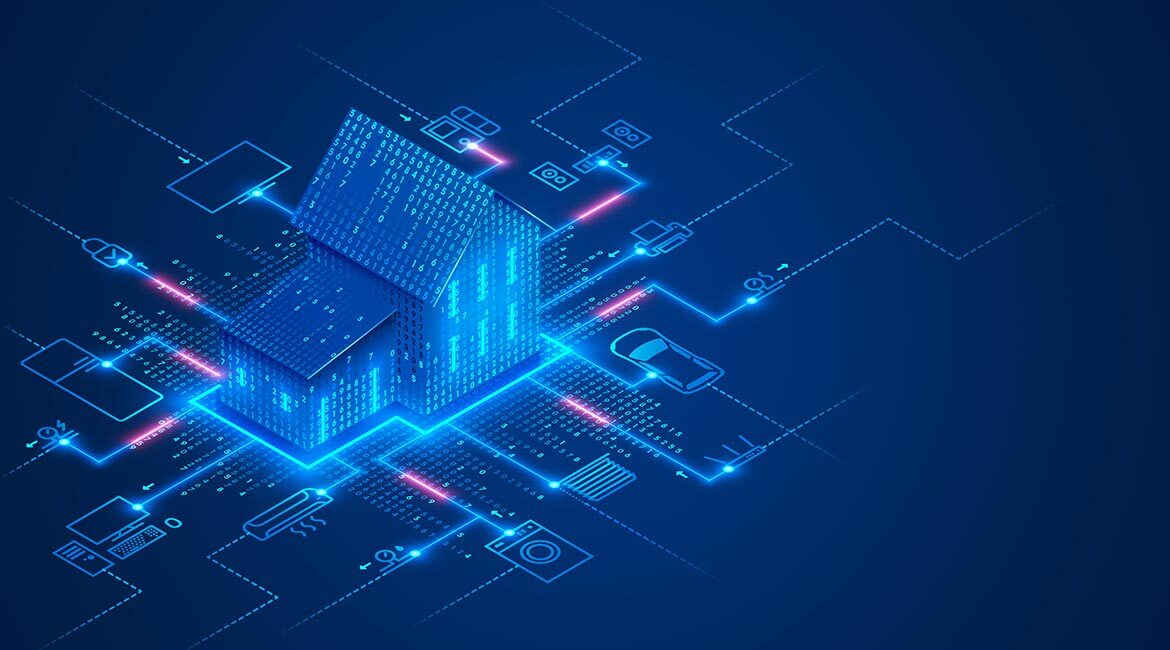A Detailed Power Consumption Analysis of Buildings

Purchased on Istockphoto.com. Copyright.
Non-intrusive load monitoring is used to estimate the power consumption of individual appliances solely from the total consumption of an entire building. This non-intrusive monitoring approach relies on energy disaggregation techniques separating the real building consumption signal to obtain the electrical consumption of each appliance. In this paper, we propose an energy disaggregation approach based on the architecture of variational autoencoders. This deep neural network architecture offers increased efficiency in discriminating relevant information in electrical signals to identify and estimate the electrical consumption of appliances. Specifically, the proposed model accurately generates more complex load signatures, improving the detection and estimation of appliance consumption. Keywords: Non-intrusive load monitoring, energy disaggregation, machine learning, variational autoencoders (VAE).
Better Understanding Our Power Consumption
The population’s growing interest in actively contributing to carbon footprint reduction brings several new challenges that traditional solutions fail to meet. In this collective effort, new solutions—such as accessibility of detailed information on user electricity consumption or the implementation of intelligent energy management systems—must be achieved to further increase energy performance. However, such solutions require effective and scalable methods to monitor electricity consumption and predict household electricity demand, while addressing social acceptability concerns, such as consumer privacy, systemic intrusiveness and cost, among others.
Non-Intrusive Monitoring of Power Consumption
Non-intrusive load monitoring (NILM) is a promising solution to measure the power consumption of appliances in residential, commercial or industrial buildings. This monitoring technique requires a single sensor, usually placed on the building’s electrical input, to measure the total electrical consumption of the building. The measurement is then analyzed and broken down using an energy disaggregation”Energy disaggregation consists of estimating the consumption of individual electrical apliances without the need to install new sensors, but by analyzing only total consumption from, for example, the existing electrical meter. This way, expanded information is available and allows energy control systems to make optimal decisions in a smart grid. algorithm to estimate the individual consumption of each appliance. Figure 1 shows the total consumption of a residential building in (a) and the respective consumption of each appliance in (b).

Figure 1 – Example of total electricity consumption of a residential building (a) and the respective consumption of each appliance (b). Source [1].
The Complexity of Energy Disaggregation
Although many solutions have been proposed [2], several challenges still limit the performance of non-intrusive monitoring systems. For example, the increasing number of devices in a building leads to significant performance degradation of many approaches due to the exponentially increasing complexity of the disaggregation task. This remains problematic in real-world usage, where more than 15 devices can easily be found in a single home. On the other hand, some appliances, such as washing machines and dishwashers, offer more than one operating state with different levels of energy consumption. Such characteristics make these appliances more challenging to identify and their energy consumption signature more complex to reconstruct. In addition, due to the diversity of electrical appliances available on the market—i.e., brands, models, and functionalities—the generalization capabilities of the systems still need to be proven to achieve equivalent performances regardless of the building being analyzed.
Energy Disaggregation through Machine Learning
The objective of our project is to design a NILM system based on a machine learning technique that can analyze, identify and reconstruct appliance power consumption signatures from the residential building’s total power consumption. To this end, we propose an energy disaggregation approach based on generative neural networks, specifically on Variational Autoencoders (VAE) [3]. VAEs are especially effective in detecting and organizing relevant information contained in a signal. This feature is helpful in identifying different types of appliances with multiple characteristics and extracting the electrical signature of devices from the total building consumption signal.
Using power consumption data from several single-family homes collected over a number of months, we trained the VAE model to recognize and extract the power consumption of 5 types of appliances [4]. The model was then evaluated by comparing it with several existing methods based on the analysis of two criteria: detection of running appliances in the building and estimation of power consumption of each appliance [2]. The proposed approach improved detection by 11% and estimation of appliance power consumption by 18% over comparative approaches.

Figure 2 – Examples of disaggregation results for 5 home appliances in the proposed VAE-NILM model and the S2P benchmark method [5].
Non-intrusive monitoring of electricity consumption allows consumers to obtain detailed feedback in real time without the need to install numerous sensors. With this information, they can adapt their habits to reduce their consumption. Integrated into smart meters, this non-intrusive technique will also improve the energy efficiency of buildings. It will facilitate the adoption of demand response strategies through smart energy management systems. This will allow everyone to participate in the electricity market by adjusting their demand to market conditions and will help balance the volatility of renewable energy, thus reducing the use of fossil fuels.
Additional Information
For more information on this research, please refer to the following paper:
Langevin, A., Carbonneau, M. A., Cheriet, M., & Gagnon, G. (2022). Energy disaggregation using variational autoencoders. Energy and Buildings, 254, 111623.


